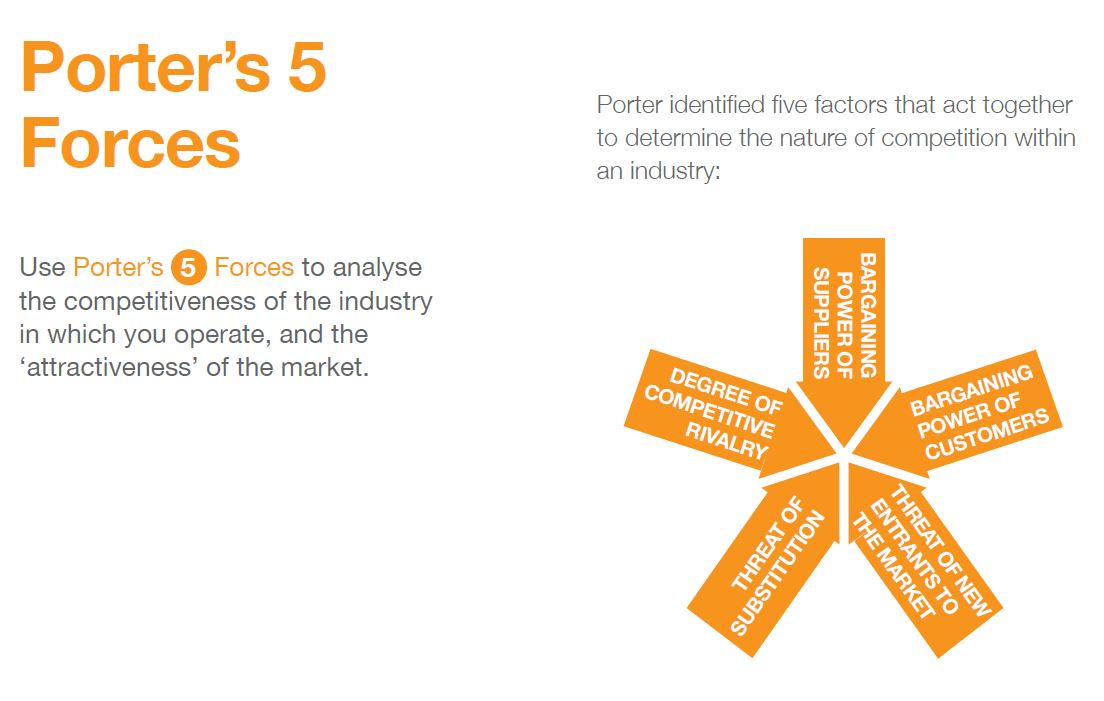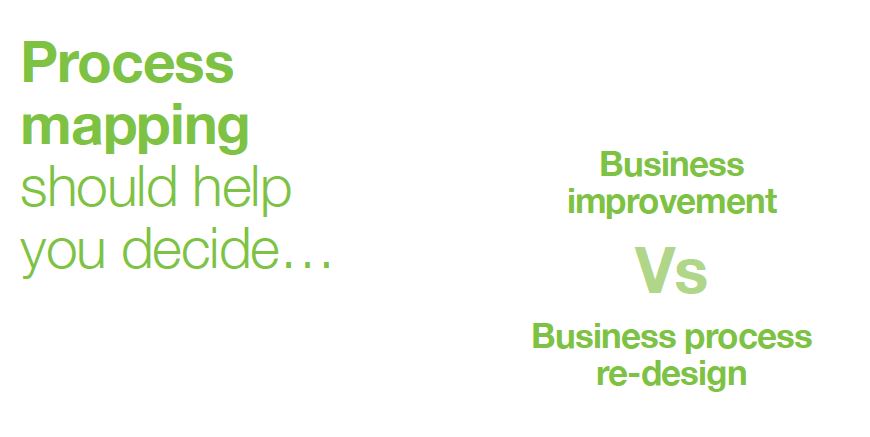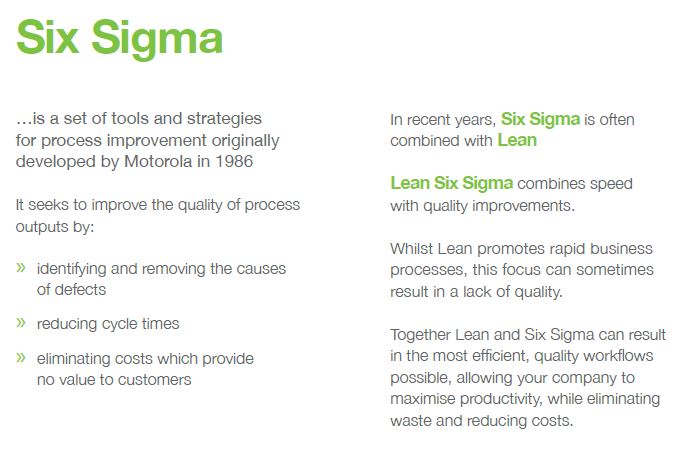What is a Business Analysis?
Business analysis is a research discipline of identifying business needs and determining solutions to business problems. Solutions often include a systems development component, but may also consist of process improvement, organisational change or strategic planning and policy development. (Wikipedia)
What is the role of a Business Analyst?
A consultancy role that has responsibility for investigating business systems, identifying options for improving business systems and bridging the needs of the business with the use of IT. (British Computer Society, The Chartered Institute for IT)
1 Setting the scene
What is strategy?
Strategy is the direction and scope of an organisation over the long-term: which achieves advantage for the organisation through its configuration of resources within a challenging environment, to meet the needs of markets and to fulfil stakeholder expectations.
(Johnson & Scholes)
In other words …
DIRECTION Where is the business trying to get to in the long-term?
MARKET SCOPE Which markets should a business compete in and what kind of activities are involved in such markets?
ADVANTAGE How can the business perform better than the competition in those markets?
RESOURCES What resources (skills, assets, finance, relationships, technical competence, facilities) are required in order to be able to compete?
ENVIRONMENT What external, environmental factors affect the business’ ability to compete?
STAKEHOLDERS What are the values and expectations of those in power in and around the business?
Where to start?
Before embarking on any project, you will need to understand the internal and external factors that can affect your proposed strategy.
There are various strategic planning tools that you can use to analyse these factors. Some of the most widely used tools include:
- SWOT Analysis
- PEST Analysis
- Porter’s 5 Forces
- McKinsey’s 7S Model
SWOT Analysis
Use a S W O T Analysis to analyse the …
STRENGTHS The advantages over the competition concerning this project.
WEAKNESSES The disadvantages you have internally compared with the competition.
OPPORTUNITIES Current external trends which are waiting to be taken advantage of.
THREATS External movements which may cause a problem and have a negative impact on your business.
PEST Analysis
Use a PEST Analysis to examine important external factors that may impact your project.
POLITICAL Global issues, legislation or regulations
which may impact now or in the future.
ECONOMICAL Interest rates, inflation and consumer
confidence should all be taken into account.
SOCIAL Media, major events or advertising and publicity factors can all make an impact.
TECHNOLOGICAL ENVIRONMENT Technological advancements, innovations as well as global communications should be considered.
Porter’s 5 Forces

McKinsey’s 7S Framework


2 Getting to a version of the truth
The truth is out there …
Getting to a version of the truth requires interaction with key stakeholders through a well balanced mix of elicitation techniques.
Your project’s business needs and the stakeholder mix will determine which elicitation methods you should use.
Let us help you select the best elicitation techniques for you …
Elicitation techniques: Interviews
The most commonly used technique used for requirements gathering.
When to use When you need depth of understanding over breadth.
Pros
Allows in depth discussion to enable you to extract detailed information from
individuals. Can often lead to an accurate understanding of the process.
Cons
Large amounts of qualitative data can be hard to analyse. Interviews can also be a time consuming exercise if your stakeholder group is large.
Elicitation techniques: Workshops
Stakeholders brought together for a short intensive workshop.
When to use When knowledge is dispersed among stakeholders.
Pros
One of the most powerful techniques in gaining consensus on requirements. Can forge an agreement between stakeholders and team.
Cons
Requires good facilitation skills.
Elicitation techniques: Document Review
Elicit requirements by studying available documentation. A good starting point before involving others.
When to use When there are complex departmental systems and no single user knows the full process.
Pros
Enables you to understand the process and not the biased opinion of individuals! Has little or no impact on stakeholders time.
Cons
Documents can be difficult to interpret correctly without input from individuals.
Elicitation techniques: Surveys
Information is elicited via questions to sample groups, sometimes anonymously, in a short space of time.
When to use When your stakeholder list involves high numbers. With free online survey software readily available, surveys are also an inexpensive way to gather information.
Pros
Useful for quickly gathering data from a large group of participants, particularly when stakeholders are geographically dispersed. Results can be statistically analysed.
Cons
Surveys can take a long time to develop and response rates cannot be guaranteed. Not well suited for collecting behavioural information.
Drawing conclusions …
Once your elicitation methods have been employed, be sure to document the elicitation quickly, while it is still fresh in your mind. Share the results with project drivers and appropriate stakeholders to confirm their agreement with the findings.
Be prepared for…
- Conflicting requirements from different stakeholders
- Unspoken or assumed requirements
- Difficulty gaining access to the right stakeholders
- The stakeholders’ unwillingness to change or help design a new product
- Not enough time allocated to meet with all the important stakeholders
What makes a good Business Analyst?
A good business analyst has the ability to listen to what is being said and hear what is not.
3 Capturing requirements
Requirements analysis
An effective analysis of your requirements will allow you to understand what you need and what you want in order for your project to be a success.

The 9 top reasons for project failure
- Poor definition of requirements
- Ineffective communication
- Lack of handover process
- Lack of sponsor involvement
- Poor strategic alignment
- Poor risk management
- Poor planning
- Long time to delivery
- Scope creep
What is a requirement?
A requirement is a statement that identifies a necessary attribute, capability, characteristic or quality of a system for it to have value and utility to a user.
It describes what is wanted and what it will do.

Take care when documenting requirements
Beware of …
AMBIGUITY Does the requirement actually say what is required or is it all fluff and no substance?
OVERLAP Are there requirements that might cross over with one another?
REALISM Is the requirement realistic or is it just one person’s pipedream that could never be possible?
TESTABILITY Can the requirement be tested?
Prioritising requirements
A standard Business Analyst format for prioritising requirements is through the MoSCoW technique.
MoSCoW
M UST HAVE
A requirement that is fundamental and must be met by the solution.
S HOULD HAVE
A requirement for which, if not directly met by the solution, there is a workaround that is acceptable to the business.
C OULD HAVE
A requirement that can more easily be left out of the increment under development.
W ON’T HAVE
A requirement that stakeholders have agreed will not be implemented in a given release, but may be considered for the future.

Avoiding scope creep
Changes will happen but at least you can assess the impact to cost, time and quality and make informed decisions on whether changes should be included or not.
It is critical that you have a clear and well understood scope.
How to avoid scope creep
1. Have a clear understanding of the project vision.
2. Know the priorities of the project drivers.
3. Clearly define your intended deliverables and get them approved by the project drivers.
4. Breakdown the deliverables into actual work requirements.
5. Break the project down into minor and major project milestones.
6. Map all work requirements and milestones onto a detailed project plan.
7. With your schedule in place, assign all required resources.
8. Determine your critical path. This is likely to change over the course of your project so it is important to evaluate it before development begins.
9. Expect scope creep! Implement Change Order Forms to enable you to perform a cost/benefit analysis for all change requests.
4 Process design
What is process design?
Process design is used to develop efficient business practices.
It combines the objectives of each department in the business to create a repeatable set of instructions to make the business run efficiently.
9 process mapping questions
- What are the key inputs?
- What are the main outputs?
- Where does the output go?
- What generates the process?
- What decisions are made in the process?
- Who performs each activity?
- Who are the suppliers of the process?
- Who are the customers of the process?
- What sequence are the activities performed in?
Process mapping tools and models
The real world is usually complex and messy.
You need an approach to process design that first lets you clearly see what’s happening – and then helps you think about how the situation could be improved.
Business analysts use a number of different process models:
- Rich Pictures
- Flowcharts
- Swim-lanes
- Use Cases
- Data Flow Diagrams







5 Testing new ways of working
Testing, testing, 1, 2, 3 …
Testing is the practice of making objective judgments regarding the extent to which a new system meets, exceeds or fails to meet stated objectives.
9 areas a good test strategy should highlight
1. The approach that needs to be taken.
2. The test stages that will be passed through.
3. The teams/people responsible for undertaking testing.
4. The responsibilities of those undertaking the testing.
5. The conditions under which testing will take place.
6. The environment requirements of testing.
7. The success criteria for testing to be classified‘ passed’ or ‘fit for purpose’.
8. How testing will be managed, tracked and reported.
9. The key risks and areas of concern as stated by the business / suppliers.


Scoping a test strategy
What needs to be defined?
SCHEDULE When/what, cycles, regression testing.
RISKS High impact processes, high volume activities, high complexity.
KPIs Performance criteria, sign-off criteria.
PEOPLE Test manager, test analysts, subject matter experts, customers, board, developers, etc.
EQUIPMENT IT, printers, scanners, tills etc.
SOFTWARE Test environment, version.
DATA Set up of real data on test system, appropriate user access rights and security.
LOCATION Where, desks, etc.
TEST MANAGEMENT Tools to track progress and issue resolution.
6 Business readiness
Your go-live checklist
SYSTEM System fully tested, infrastructure in place, user logons and access rights set up.
BUSINESS PROCESS Documented and communicated with clear roles and responsibilities.
DATA Master data set up, data migration complete and KPIs defined and agreed.
TRAINING Stakeholders and users have been trained, training and support material available.
CHANGE PLAN New ways of working defined and organisational structure aligned.
COMMUNICATION PLAN Tailored to the audience encouraging two-way engagement.
CUTOVER PLAN Step by step plan and resource pool to support the go-live issues and change management process – to prioritise fixes and improvements.
CONTINGENCY A plan in case something goes wrong.

And finally…
However beautiful the strategy, you should occasionally look at the results.
Sir Winston Churchill
7 Glossary
- BA – Business Analyst.
- BPM – Business Process Management.
- BPR – Business Process Re-Design.
- McKinsey’s 7S’ – a model to help balance the shared values, strategy, structure, systems, skills, staff and style elements of your project or business.
- MOSCOW – A standard BA format for prioritising requirements.
- LEAN Business Improvement – focuses on eliminating waste from processes and increasing process speeds.
- PEST – model to analyse Political, Economical, Social and Technical factors.
- Porter’s 5 Forces Model – used to analyse the competitiveness of the industry in which
you operate. - Six Sigma – a set of tools and strategies for process improvement, originally developed by Motorola in 1986. Stakeholder – anyone who can affect or is affected by an organisation, strategy or project.
- SWOT – model to analyse your Strengths, Weaknesses, Opportunities and Threats.
8 Useful resources
Useful resources
WEBSITES
www.ninefeettall.com
www.9plustraining.com
www.mindtools.com
www.modernanalyst.com
BLOGS
www.ninefeettall.com/blog
RESEARCH
Nine Feet Tall’s ‘Truth or Dare’ Survey, 2012
Download the results from
www.ninefeettall.com/insight/register-truth-or-dare-survey/
SOCIAL
www.linkedin.com/skills/skill/Business_Analysis
ASSOCIATIONS
BCS (British Computer Society),
The Chartered Institute for IT
http://www.bcs.org
BABoK
(Business Analyst Body of Knowledge)
IIBA – International Institute of Business Analysis
www.iiba.org



